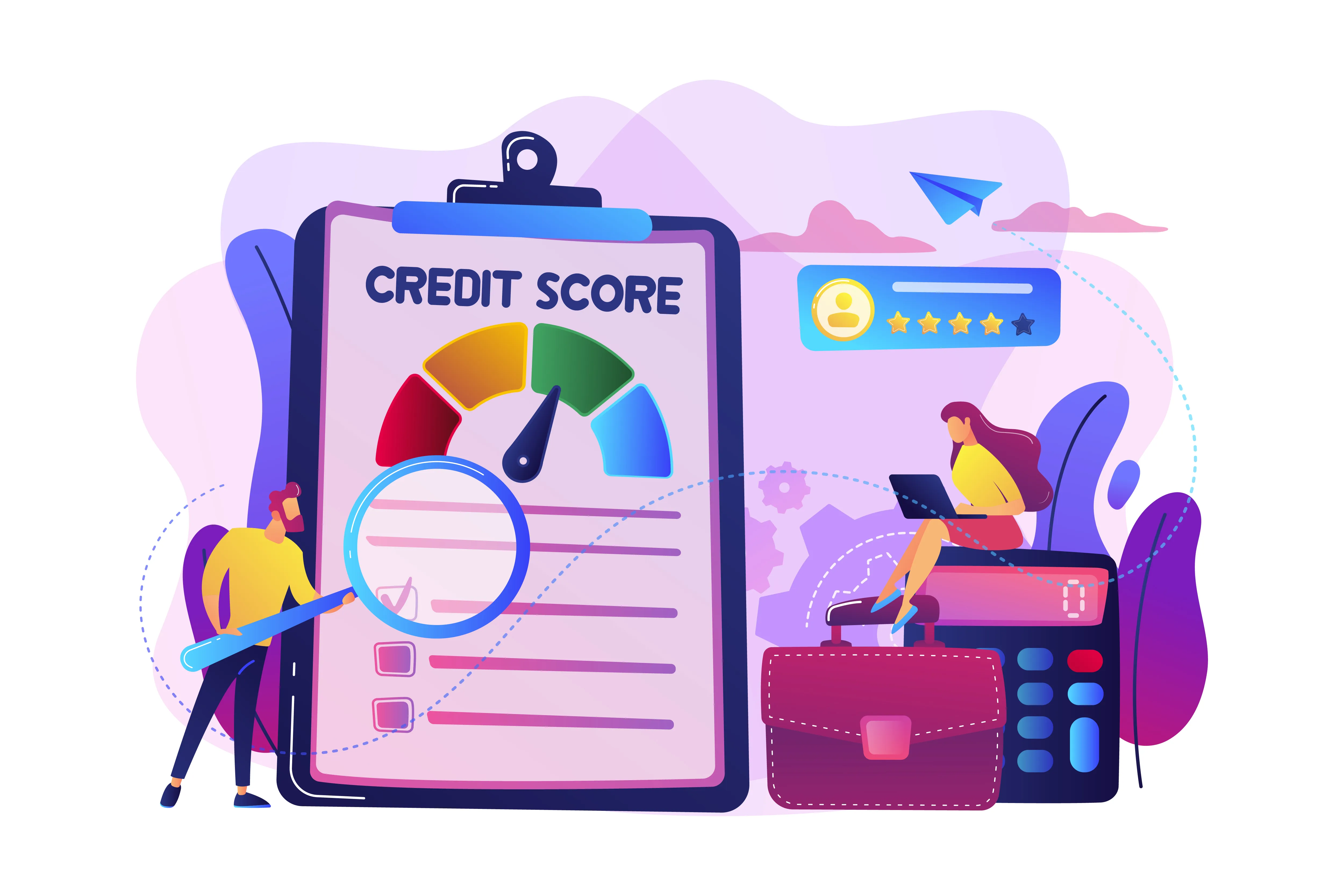When Were Credit Scores First Introduced?

Have you ever stopped and thought about where credit scores came from? These three little numbers can feel like the gatekeepers to so many parts of our lives—from buying a house to getting that dream apartment. But guess what? Credit scores haven’t always existed! Let’s take a fun trip back in time to see how they started, why they were invented, and how they’ve turned into something we rely on every day. By the end of this, you’ll know the full story and maybe even appreciate your credit score a little more.
Key Takeaways
- Credit scores in general were first introduced in the 1950s as a way to standardize lending decisions.
- The FICO score, now the most widely used credit scoring model, debuted in 1989.
- Credit scoring evolved from informal assessments of trustworthiness to sophisticated, data-driven models.
- Understanding the origins of credit scores can help demystify how they impact your financial health today.
The Early Days of Credit
Before credit scores, getting a loan was basically the Wild West of banking. Lenders would size you up based on personal relationships, gossip from your neighbors, or their own gut feelings. In small towns, this kind of worked because everyone knew each other. But as cities got bigger and financial systems became more complicated, this system started to break down—big time.
The Problem with Informal Lending
Imagine you were applying for a loan in the early 1900s. The bank manager might approve or deny your request based on:
- Whether they knew you personally.
- What your neighbors or employer said about you.
- Any records (if available) of your borrowing history.
This approach was inconsistent and often biased, leading to unfair treatment and lending inefficiencies.
The Birth of Credit Reporting
Things started shifting in the mid-1900s. That’s when credit reporting agencies came onto the scene. They began collecting details like your payment history and any outstanding debts to give lenders a clearer picture of who they were dealing with. It was definitely an improvement, but there was still one big problem: there wasn’t a consistent way to measure all this data. It was like having all the ingredients for a recipe but no instructions to follow.
The Creation of Credit Scores
The concept of credit scoring emerged in the 1950s. Two pioneers, Willian Bill Fair and Earl Isaac, developed a mathematical model to predict a borrower’s likelihood of repaying a loan. In 1956, they founded Fair, Isaac and Company (now known as FICO). Their goal was to eliminate subjectivity from lending decisions and replace it with a data-driven approach.
The First Credit Scores
By the 1970s, some financial institutions began using FICO’s scoring models. These early scores were rudimentary but effective in reducing bias and improving consistency. However, it wasn’t until the 1980s that credit scoring became widely adopted.
The Rise of the FICO Score
In 1989, FICO introduced the credit score we recognize today. This three-digit number ranges from 300 to 850 and reflects a person’s creditworthiness based on factors like:
- Payment history
- Credit utilization
- Length of credit history
- Types of credit accounts
- Recent inquiries
Why FICO Scores Gained Popularity
FICO scores quickly became the industry standard because they were:
- Predictive: They accurately estimated the likelihood of default.
- Standardized: All lenders could use the same scale to assess risk.
- Efficient: Decisions could be made faster and with less bias.
Today, over 90% of top lenders use FICO scores to evaluate credit applications.
Hypothetical Scenario: Life Without Credit Scores
Imagine this: a world without credit scores. You walk into a bank to apply for a mortgage, and instead of a straightforward process, the lender starts interviewing you, calling up your boss for a reference, and sifting through your bank statements by hand. It takes forever, and there’s a good chance their decision will be based more on gut feeling than facts. Doesn’t sound fair, right? That’s exactly the kind of headache credit scores were designed to solve.
Credit scores streamline this process, providing a quick and fair way to evaluate risk.
How Credit Scores Have Evolved
Modern Innovations
Credit scoring models have continued to evolve. Today, there are alternative scoring systems, such as VantageScore, which was introduced in 2006 as a competitor to FICO. These models aim to include more data, such as:
- Rental payment history
- Utility bills
- Broader credit activity
Impact of Technology
With advancements in technology, credit scoring has become more precise. Machine learning and big data allow for even more predictive accuracy, helping lenders make better decisions while improving access to credit for underserved populations.
How optimized is your portfolio?
PortfolioPilot is used by over 40,000 individuals in the US & Canada to analyze their portfolios of over $30 billion1. Discover your portfolio score now:






